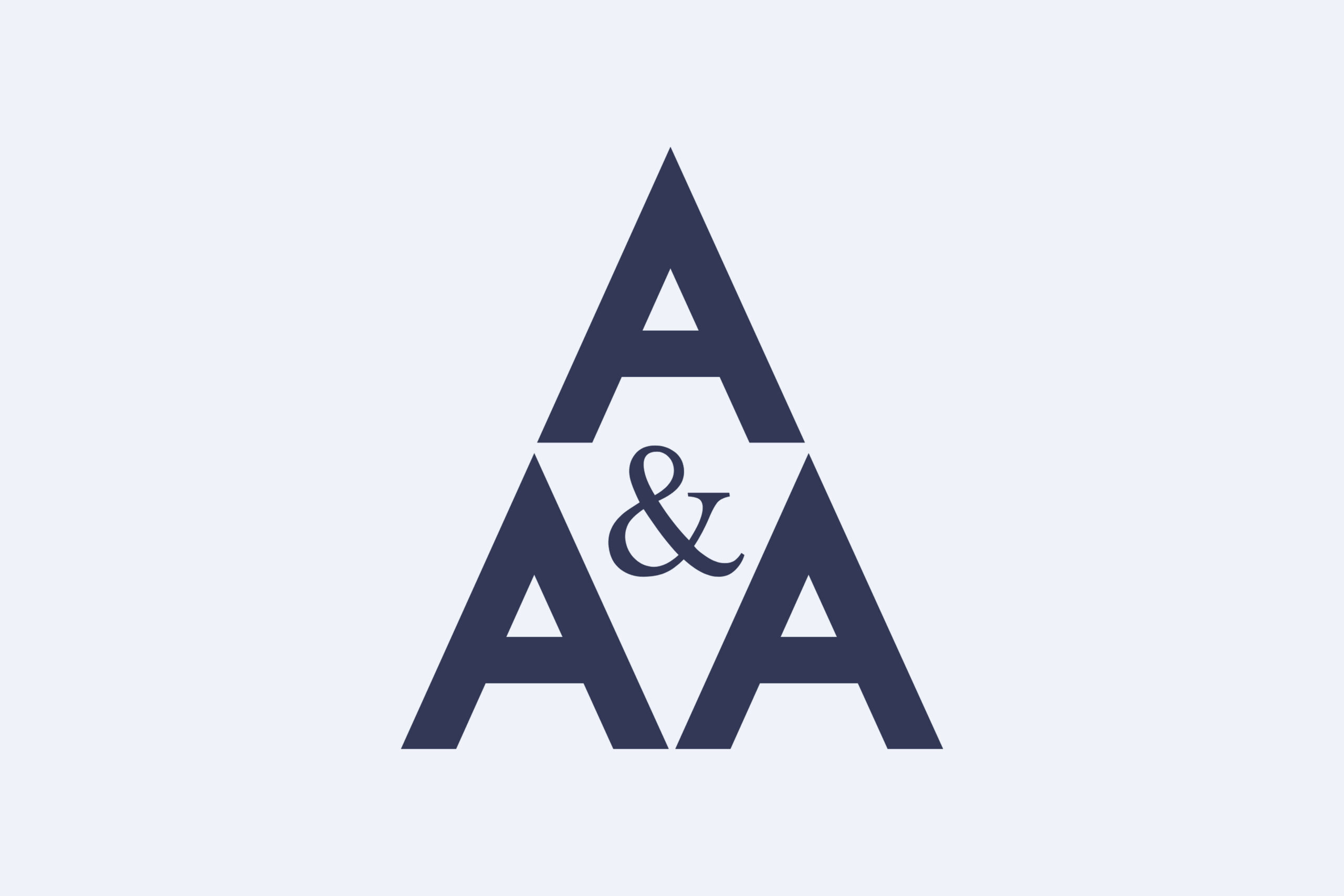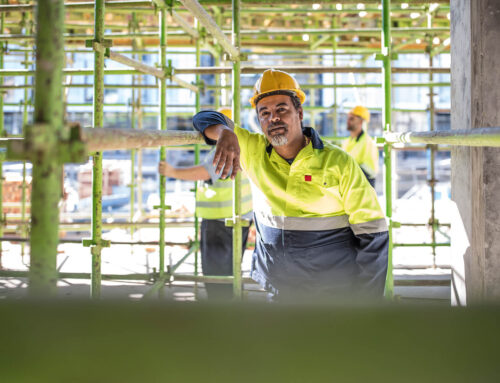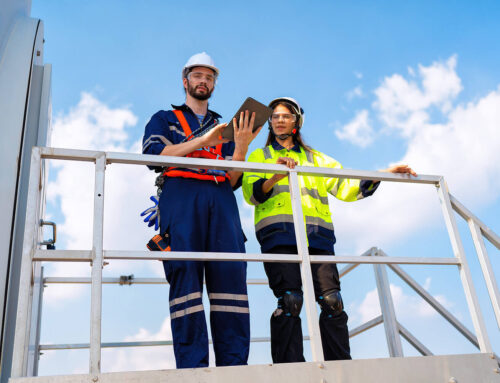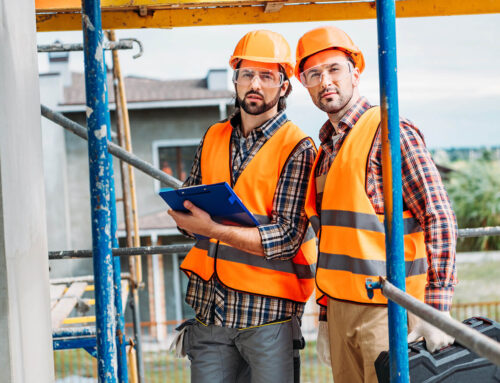If you are familiar with New York construction law, you know this state has certain statutory sections that make it easier, in some specific situations, for construction workers hurt on the job to recover much-needed compensation for their injuries. One of the circumstances in which that can happen is if the site owner or general contractor on your project violated one or more specific safety regulations established by the State of New York. If they did, and that violation led to your accident and injuries, then you can succeed in recovering damages in a lawsuit under this law, which is Section 241(6) of the Labor Law.
There’s another scenario that can lead to a successful case. That happens when you suffer a fall or something falls on you. You are entitled to proper safety protections that will protect you from “elevation-related” risks of harm, such as a scaffold. This law is Section 240(1) of the Labor Law. As a construction worker, those numbers aren’t necessarily what’s important; what is important is, if you’re injured on the job, be sure to reach out to an experienced New York City construction injury attorney about your situation.
Contacting legal counsel is important for many reasons. One of those is that the range of accidents that can possibly create claims for compensation under these laws can actually be broader than you might think. In other words, your accident doesn’t necessarily have to be you falling off something (like a scaffold) or involve an object falling from high above and striking down on you in order to permit you to recover compensation under this law.
In S.K.’s case, the injured worker was washing exterior windows with a co-worker. The scaffold the workers were using dropped out from beneath S.K. and, when it stopped falling, it came to rest at an angle. This angled landing, of course, caused the entire contents of the scaffold platform to slide downward and come crashing into S.K.
The courts agreed with the injured worker that the accident that resulted in his injuries was one that qualified for damages under Section 240(1). That law protects workers from gravity-related risks of harm at a construction site or other job site as defined by the law. Clearly, the accident that harmed S.K. was gravity-related, as it was gravity that caused the contents of the scaffold to slide downward along the angled platform and come crashing into the worker.
Proving that his injury fit within the boundaries of Section 240(1) was an important success for S.K. Because he proved this, he only needed to establish that he was injured as a result of failing to receive sufficient safety protections in order to win his case. If he had not been able to convince the court that his injury fell under Section 240(1), he would have needed to prove that there was a “specific defect” in the scaffold in order to recover an award of damages, which would have required much more time, expense and information-gathering. It also would have reduced S.K.’s odds of success, especially of success through summary judgment.
If you have suffered an injury while working at your construction job, you should consult the New York City construction injury attorneys at Arcia & Associates. Our team has many years of experience helping injured workers and is ready to help you navigate the system to get the compensation you deserve.
Contact us at 718-424-2222 to find out how we can help you.
More Blog Posts:
What New York State Safety Regulations Can I Use as the Basis for Pursuing a Construction Injury Lawsuit?, Blog de Abogado en la Ciudad de Nueva York, 1 de Octubre de 2018
Proof of a Lack of Fall Protection Allows an Injured Demolition Man to Win His New York Construction Injury Case, Blog de Abogado en la Ciudad de Nueva York, 9 de Julio de 2018

